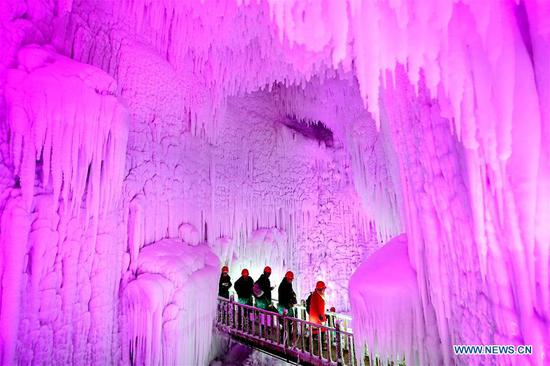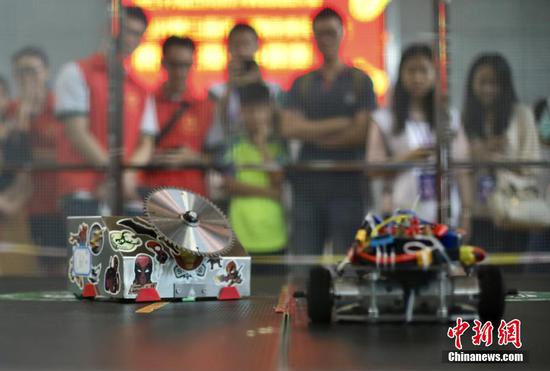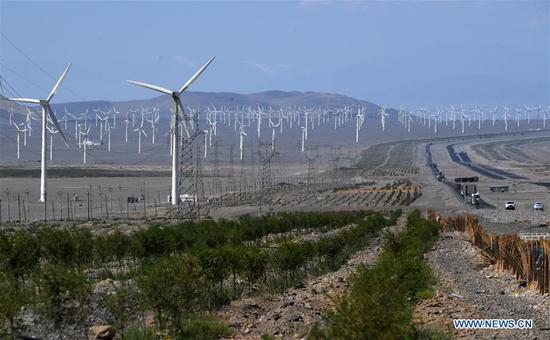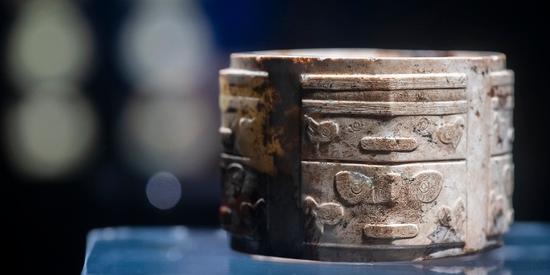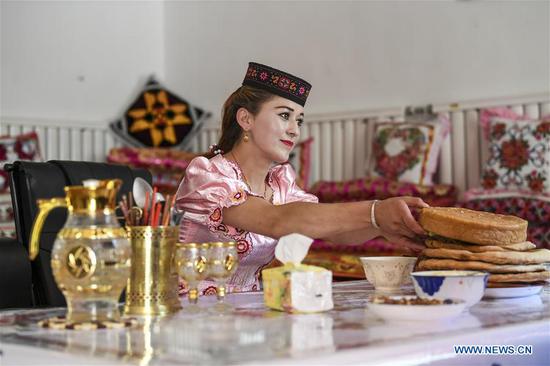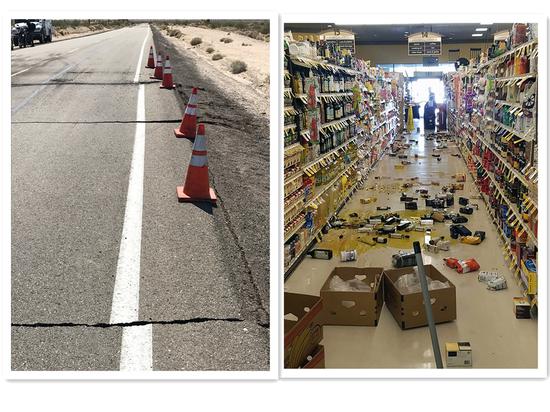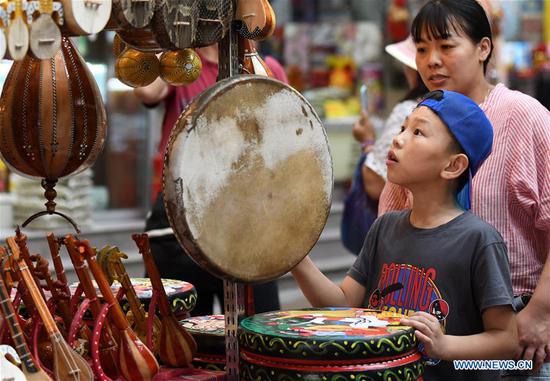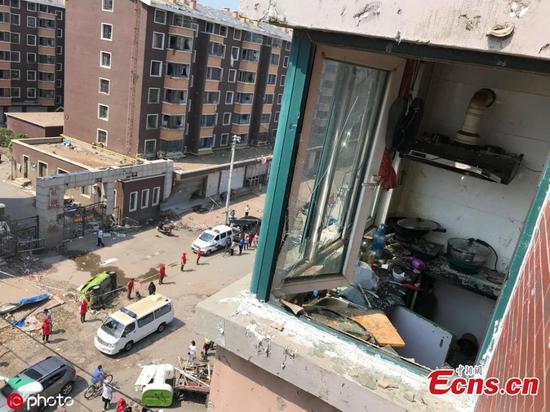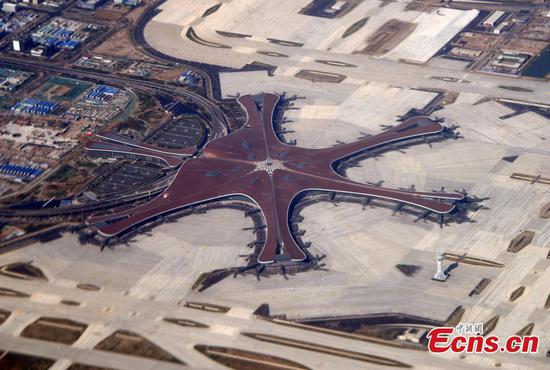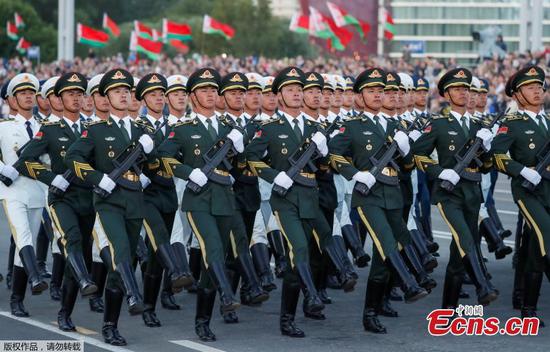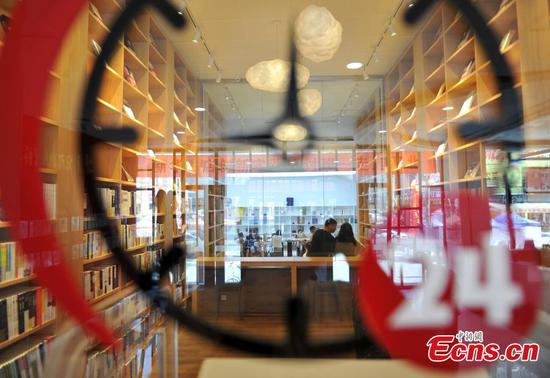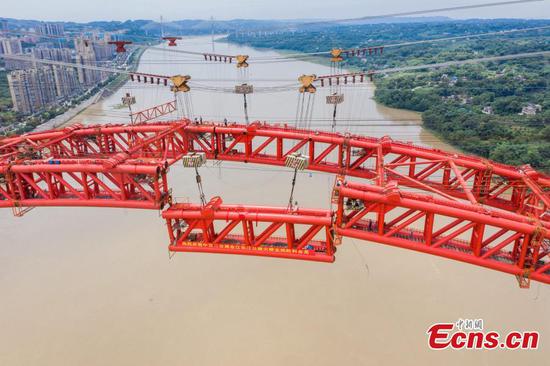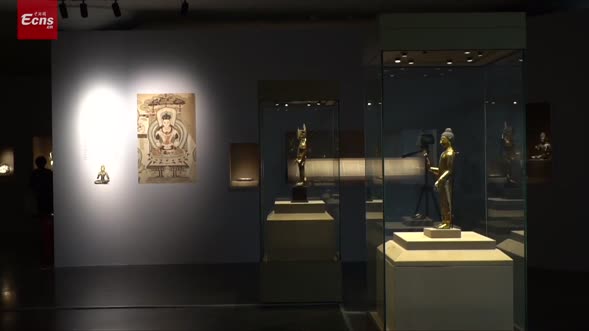
A new-energy bus runs on the road in Lhasa, capital of southwest China's Tibet Autonomous Region, July 6, 2019. 80 new-energy buses were put into operation Saturday in Lhasa so as to reduce gas emissions and improve air quality. (Xinhua/Zhang Rufeng)
Eighty buses using new energy have been put into use Saturday morning in Lhasa, the capital city of China's southwest Tibet Autonomous Region, which will help reduce vehicle exhaust emissions and further improve the local air quality.
The new buses are all plug-in hybrid electric vehicles, equipped with Tibetan-Mandarin bilingual station announcements, driving monitoring and management systems, and auto-alarms, according to the city's bus operation company.
The company purchased 110 new energy buses after the city's 104 old buses reached their service lives. The other 30 buses are scheduled to be put into operation by the end of this month. By then, Lhasa will have 422 new energy buses, accounting for more than 80 percent of the city's total buses.
"Our goal of vigorously promoting new energy vehicles is to implement the low-carbon and green way of traveling, to reduce greenhouse gas emissions, and to protect the clear water and blue sky of the snowy plateau," said Gogyi, general manager of the company.
Lhasa plans to replace its old buses with new energy ones by batches, and all of the city's buses are expected to be powered by new energy by 2021, said Gogyi.
Currently, Lhasa has 522 buses and 41 bus routes, covering the main urban areas, suburbs and surrounding counties, making it more and more convenient for locals to travel by public transportation.












